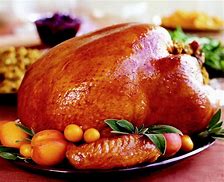|
In Oregon, cooking was the leading known cause of residential structure fires over the past five years (2013-17), causing an average of 19 percent of Oregonís total residential structure fires, according to state fire agency data submitted to the National Fire Incident Reporting System.
On average, there are 533 cooking-caused residential structure fires in Oregon per year.
Statewide the range/stove was the most frequently reported equipment involved in cooking fires. Of these, 73 percent were from an electric powered range/stove.
All told, there were 10 deaths in Oregon from residential cooking fires during the past five years or an average of nearly two deaths per year.
Stayton Fire District and the Office of State Fire Marshal (OFSM) wants to encourage everyone to take additional precautions to ensure their holiday is memorable.
To ensure you have a safe time creating your Thanksgiving dishes, consider these basic precautions:
- Donít leave cooking food on your stovetop unattended, especially when frying and sautťing with oil.
- While your turkey is cooking, donít leave your home and check on it frequently.
- Use a timer to monitor cooking times when simmering, baking, or roasting foods that require long cooking times. Check the stove or oven frequently.
- Remember to keep items that may catch fire, like oven mitts, wooden utensils, food wrappers, and towels, at least three feet from the cooking area.
- Roll up your shirt sleeves and avoid using clothing that may come in contact with open flames or other heat sources.
- Donít cook if you are drinking alcohol or using other substances that make you drowsy.

